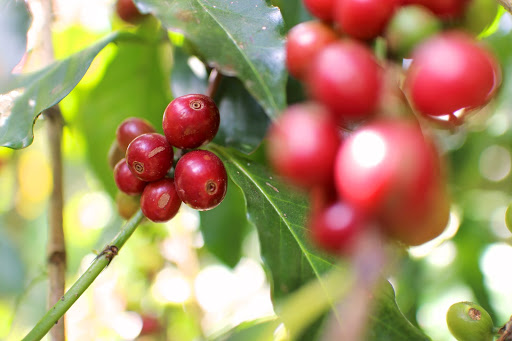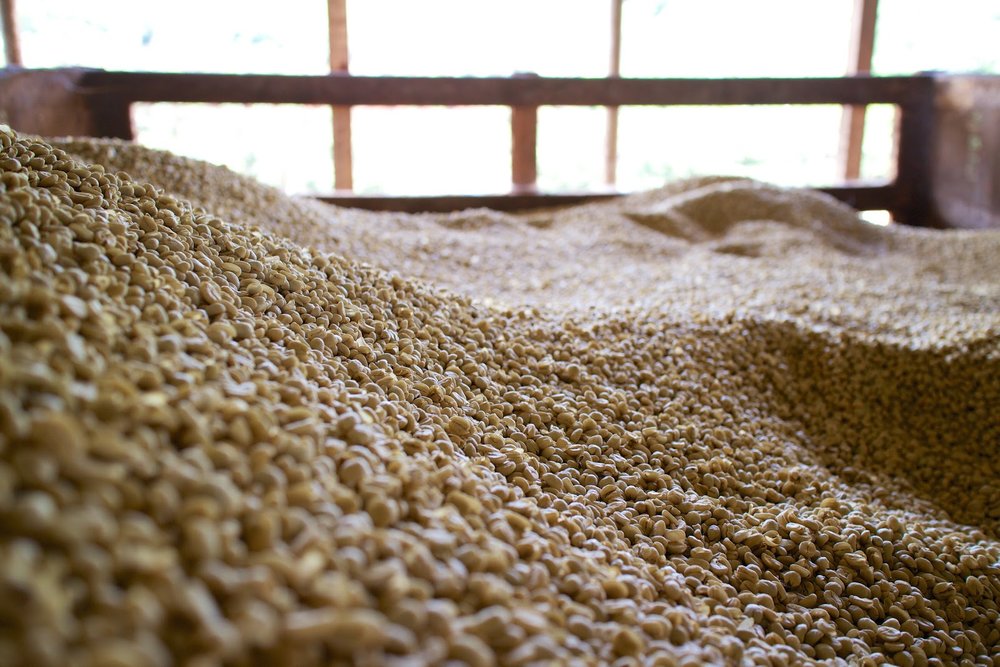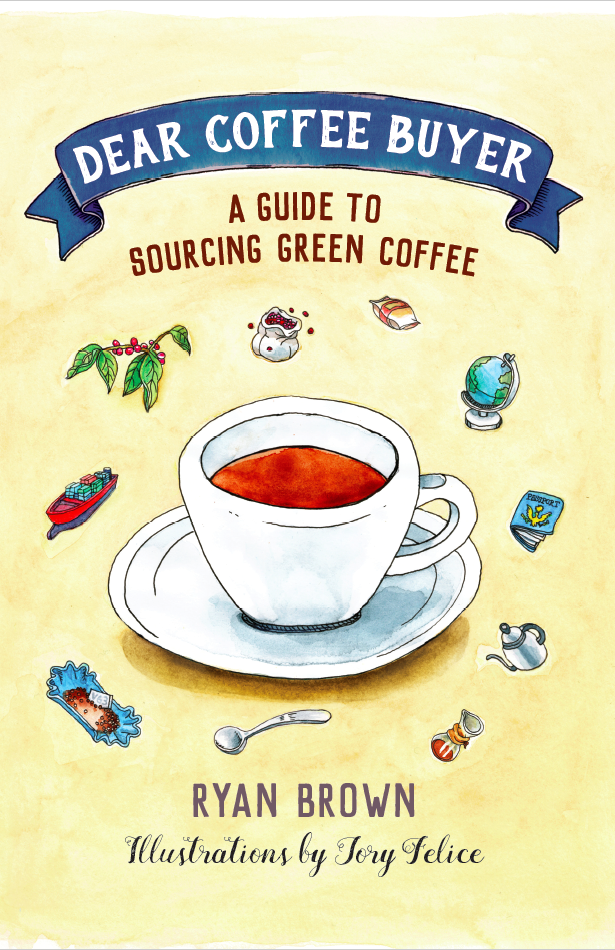Why we care (or don’t care) about seasonality - a podcast by Scott Rao
from 2019-04-28T15:59:37

*A guest post by Ryan Brown, author of Dear Coffee Buyer*
I can’t help myself from occasional banter with baristas. Often this leads to playful arguments, and while I’d like to think that I usually win these arguments, I painfully remember a time I was wrong.
In late fall, while visiting a cafe & roastery, I asked how they had come into possession of what was being marketed as a new crop Kenya.
The best Kenyan coffees typically begin harvesting in late November and arriving in February. Despite the esteem for the country’s quality, it may surprise you to learn that a huge majority of what you’ve ever tasted comes from a pretty small area surrounding Mt. Kenya, so there’s little fluctuation in this timing.
It is entirely possible the coffee was from Kenya’s fly crop—its small, mid-season harvest that is rarely purchased by specialty buyers, as the quality is considered predictably lower than the main crop. But still, it was extremely unlikely that this was a new crop of Kenya being offered in early November.
I insisted to the barista that it had to either be a fly crop selection or else a coffee from the previous year. A lengthy disagreement ensued with the barista, whom I would later learn was also the coffee buyer
Whether the coffee was fly crop or old crop is beside the point. I was wrong to ask the question at all. (Granted, I wasn’t trying to make a point when I asked, it was merely curiosity.) As I note in Dear Coffee Buyer: A Guide to Sourcing Green Coffee: “I’ve generally been able to rely on coffees from Ethiopia and Kenya lasting a very long time after harvest.”
But what about all of this talk of seasonality? Isn’t it important for me to buy the right coffees at the right time? I address these questions in DCB:

Seasonality in coffee is an attempt to apply standards to how fresh green can, or perhaps should, be. Most attempts at seasonality standards are based on duration of, or at least relation to, recurring harvest cycles. For example, some roasters may deem a coffee “seasonal” only if it is within six months of harvest.
This nomenclature is too arbitrary. Such rules don’t justify the presence on your menu of a coffee that’s only three months from harvest but has faded, lost its character, or, even worse, picked up papery, aged flavors. Likewise, the rules are cruel to a coffee that is twelve months old but still vibrant, clean, and free of any hint of past-crop flavor. In my early days as a coffee buyer, I attempted to create a schedule of origins and their corresponding seasonality calendar, but I realized that the best solution was to do away with any consideration of time, as it missed the point.
We care about seasonality because we care about cup quality.
Understanding the seasonal crop cycles will naturally inform your purchase decisions, but if you set strict rules for how long after harvest you should roast coffees, you’ll either be unfairly cruel to some, too lenient on others, or both. “A coffee should be considered seasonal so long as the cup is vibrant, shows structured acidity, and is free of any signs of age (paper, bagginess, astringency, etc). It doesn’t need to be any more complicated than that.”
Click on image below to learn more about Dear Coffee Buyer
>

Further episodes of Q
Further podcasts by Scott Rao
Website of Scott Rao